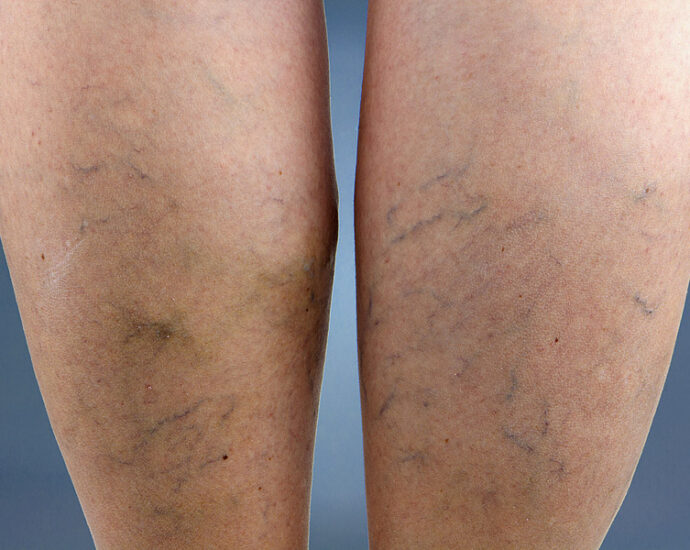Page Contents
Varicose veins causes, symptoms, treatment and prevention.
What is Varicose Veins? Varicose veins can be described as veins that have become enlarged, twisted and swollen. It is usually blue or purple in colour. Any vein in the various parts of the body can become varicose; but it occurs majorly on the legs and feet. Standing for a long period of time and also walking long distances have been proven to be one of the major causes of varicose veins. Veins are made up of various pairs of valves which prevent blood from flowing backwards from legs to the heart. When a vein becomes varicose, its valves do not function properly as it enables blood flow backwards and thereby enlarging the veins. Varicose veins are also referred to as spider veins and the pictures of varicose veins below is illustration of why this is a very appropriate term for the condition
Causes of Varicose Veins
As stated earlier, varicose veins are caused by weakened valves and veins in the leg. Doctors have stated that before treatment, the cause of the varicose should be ascertained. Below are some of the causes of varicose veins
- Heredity
- Hormonal Abnormalities
- Long periods of standing/sitting
- Pregnancy
- Obesity
Symptoms of Varicose Veins
Varicose veins are dark blue in colour, swollen, elongated and twisted under the skin. Some people do not have any symptoms while others have severe symptoms. These symptoms are usually agitated during warm weather and at night. It also worsened if the infected patient has been standing up for long periods of time. Some of its symptoms include:
- Aching, uncomfortable and heavy legs.
- Appearance of spider veins in the affected leg.
- Swelling in the ankles.
- Appearance of brownish yellow discolouration near the affected veins.
- Redness, itchiness and dryness of areas of skin.
- Cramps especially when making a sudden move.
- Minor injuries to the area bleeds more than normal area.
- Skin above the ankle shrinks.
- Whitened, irregular scar-like patches appear at the ankles.
- Menopause
Treatment of Varicose Veins
Treating varicose veins can be done in several ways depending on the symptoms and types of veins present. Listed below are some of the methods used in treating varicose veins:
- Use Of Compression Stockings
This method of treatment requires the patient to wear a compression hose, exercising with it, making sure weight is controlled, and legs elevated above waist as much as possible in order to drain the vein blood out of the legs. Compression hose assists the vein in pumping blood up the leg and back to the heart. However, this technique will not totally eliminate the varicose vein. However, the use of this instrument is highly imperative not just preventing worsening of varicose veins, but also in preventing recurrent problems after treatment.
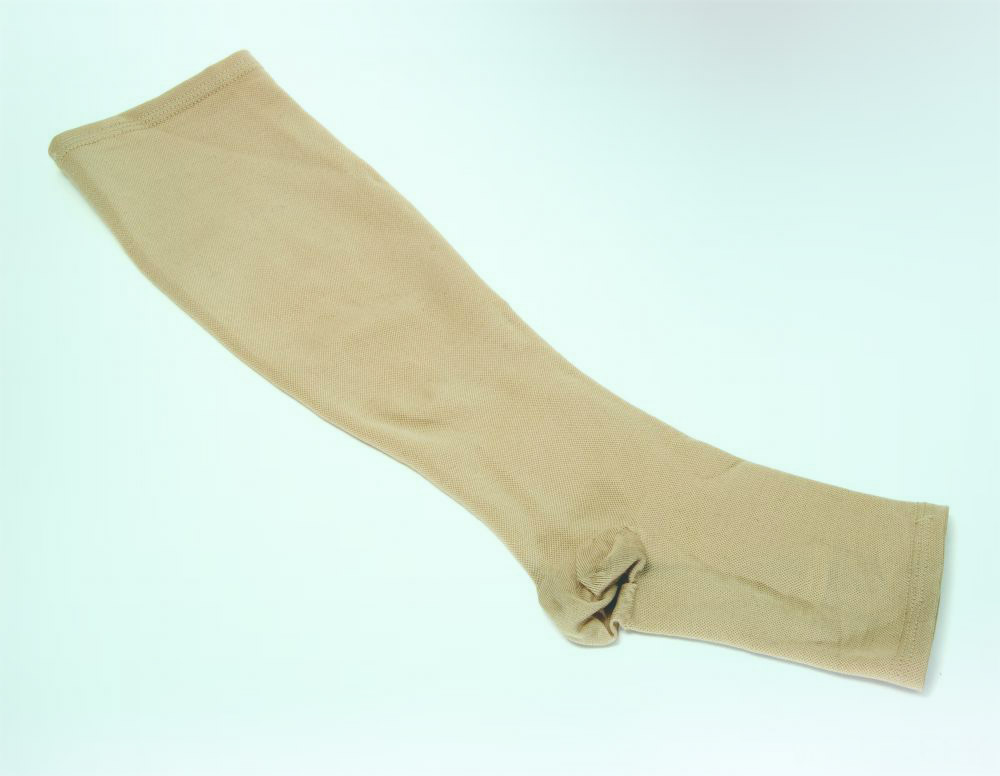
- Sclerotherapy
Used for treating smaller varicose veins. A small amount of sclerosant a type of medication is injected directly into the diseased vein. This medication causes the inner vein to seal shut owing to its irritating and painful nature. Its latest types are not painful when injected into a patient with varicose vein. With this method, one needs to be treated like 2-6 times before he obtains 80 percent clearance. The procedure is performed quickly and easily without the need for sedative.

- Surgical Stripping
In the past, surgical stripping the diseased vein out of the leg was the best treatment for varicose vein. This procedure requires an operating room, general or spinal sedative, and recovery times that varied from 2-6 weeks. Not really in use now.
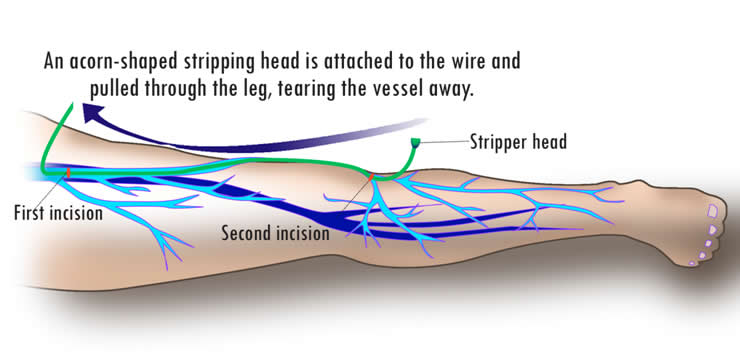
- Microphlebectomy
This procedure requires the use of several incisions along the course of the leg veins to remove the infected vein in segments. These tiny incisions heal well with minimal discomfort.
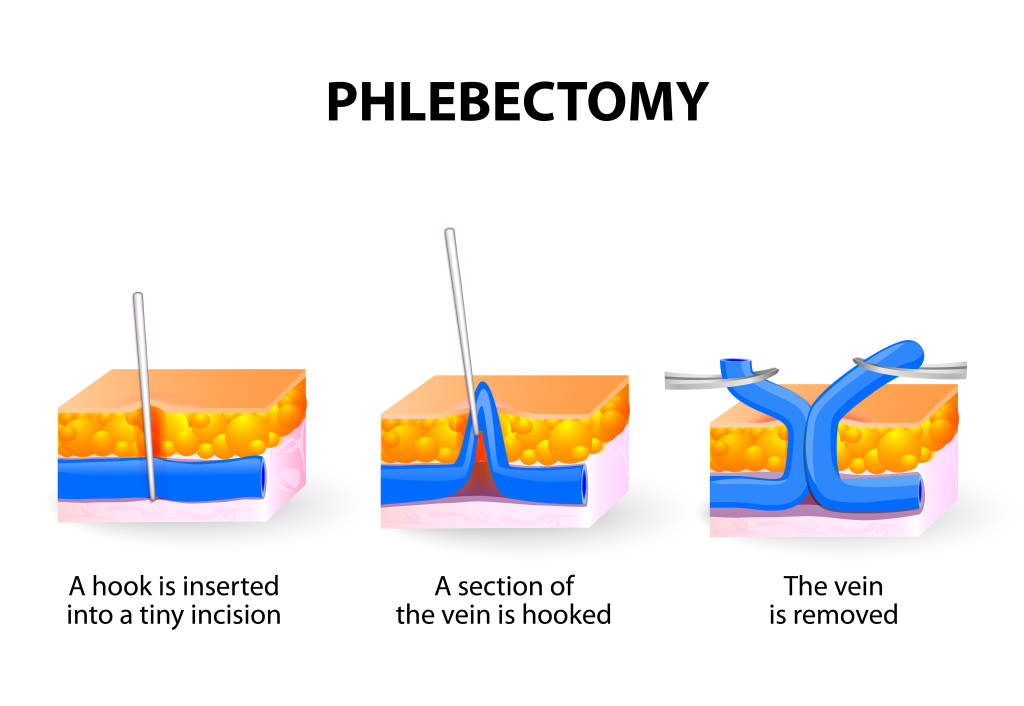
- Endovenous Laser Therapy
Using lasers in treating vein diseases has become a more popular method. With Endovenous Laser Therapy (EVLT) a very thin fiber or catheter is inserted into the infected vein through a small needle puncture in the leg, requiring only local sedative. This procedure takes approximately one hour. Patients are in most cases able to resume their activities immediately after the procedure.
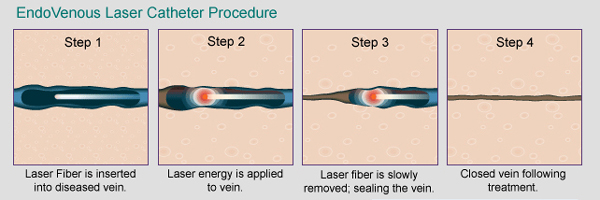
Prevention of Varicose Veins
Although there is no definite way of preventing varicose veins, some things can be done to rather decrease your chances of getting them.
- Know your risk factor
Knowing your risk factors such as age, biological sex, genetics, obesity, lack of movement, leg trauma etc, will aide you in selecting a good healthy life style habits, thereby reducing your chances of varicose vein.
- Maintain a healthy weight
Excessive weight will put pressure on your legs. If you are overweight, losing some weight will reduce this pressure, thereby decreasing your risk of varicose veins.
- Develop good eating habits
Turn away from foods with high calorie and low nutrition content but rather eat a diet high in fiber. Research has it that low fiber also causes varicose veins.
- Exercise Regularly
Jogging and walking improves circulation in the legs, which in turn helps wards off varicose veins. Exercise also reduces high blood pressure and strengthens ones entire circulatory system.
- Stop smoking
- Avoid regular intake of birth control pills high in estrogen
- Stay out of the sun.
In conclusion varicose vein is not a deadly illness but rather one that can be cured; best of all can be prevented by following the prevention measures discussed.
